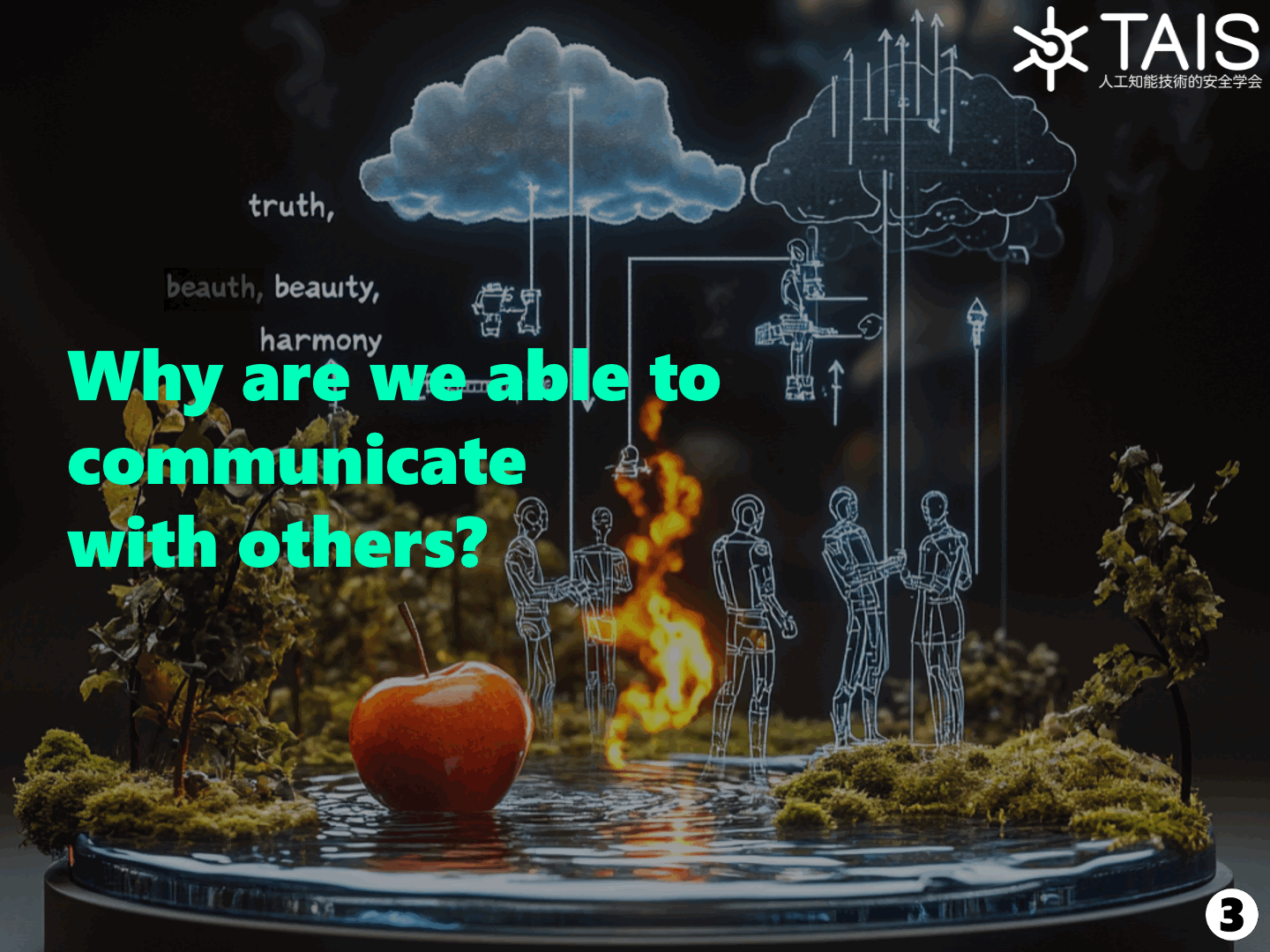From Collective Predictive Coding to Human–AI Synergy: A Path for Symbiotic Coordination
Yusuke Hayashi
Abstract
Collective Predictive Coding (CPC) broadens the classical framework of Predictive Coding (PC) by positing a shared external representation (e.g., language, symbols, or common knowledge) that couples agents in a multi-agent setting. Prior work has shown that both PC and CPC can be analyzed from a Bayesian perspective, with their updates expressible via Langevin equations under suitable assumptions. Notably, the CPC-derived Langevin dynamics introduce an additional potential term that can be viewed as an “external force,” capturing how shared symbols steer the collective.
However, to fully grasp why substituting Bayesian updates with Langevin dynamics is valid, one must recognize that the corresponding Fokker–Planck equation converges to the same posterior distribution implied by Bayesian inference. In this paper, we restore and expand the technical details linking Bayesian updating, Fokker–Planck convergence, and the emergence of the CPC-specific force term. We also offer a more thorough discussion of how each free-energy component in PC and CPC is derived, why it matters for multi-agent coordination, and what limitations arise from communication constraints and symbol emergence. These clarifications provide a stronger foundation for leveraging CPC to orchestrate hybrid human–AI collectives via shared external media.

